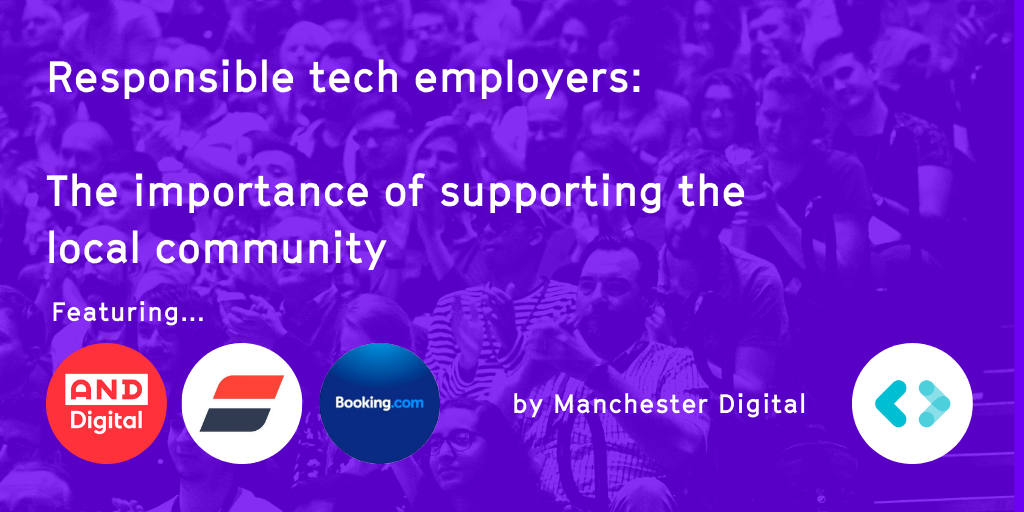
Our last post looked in some length at how investors and founders might agree a headline valuation. We’re now going to look at how to take that figure and turn it into a price per share that the lawyers can put into an investment agreement.
Sounds simple. In practice, there are some wrinkles. And they can make a huge difference to the investor’s entry price.
The purpose of all the following isn’t to take advantage of the founders. It’s simply to preserve the value of the investor’s stake: either by getting a bigger share of a smaller pie (say because the company has debts) or making sure that their agreed share isn’t diluted by the need to cut in some other shareholders (like option-holders).
Calculating the price per share / pre-money and post-money
The investors and founders need to agree a price per share at which they invest. So, they need to agree the overall valuation, and then how many shares there are / will be in the company, to work out that price per share.
We’ll pick up the mechanics as we go through the blog-post, but the important point to make up front is: make sure that you match the chosen valuation with the correct, corresponding number of shares.
Clearly the company will be worth more after the funding round, pound for pound to the value of the investment made. The price per share can be worked out from either point, but the important issue is to match the chosen valuation (either pre-money or post-money) with the corresponding share capital number (either the current issued share capital, or the share capital as enlarged by the newly minted shares).
In these illustrations we are going to calculate the share price based on the pre-money valuation divided by the current issued share capital.
Bridging the enterprise value and the equity value
What’s the difference?
Enterprise value is the value of the business itself. Equity value is the value of the shares in the business. The difference is the extra value of any free cash on the balance sheet, or a deduction for debt. This isn’t a concept specific to venture capital, but to all investing and company sales. A business might have cashflows, brand, contracts, team and so on worth £20m to an investor or acquirer. That’s the enterprise value. If the company that owns the business has, say, £3m of cash that can comfortably be considered surplus, then the company has an equity value of £23m.
Looking specifically at a venture capital example, let’s revisit little SaaSco. Last time we saw them, we were looking to invest £1m for a 20% stake, meaning a £5m post-money valuation. This is the negotiated value of the business today (£4m, being the enterprise value and also, without any other factors, the pre money equity value) plus the £1m of funding needed to deliver the next stage of the growth plan. The £5m is the post-money equity value. The vanilla cap table is pretty straightforward (for illustration, we’ve assumed that there are presently 100,000 shares in issue and that management hold 10% alongside the founder):
Read more https://dsw-angels.com/vc-insights-valuations-in-early-stage-investments-beyond-the-headline-price/








